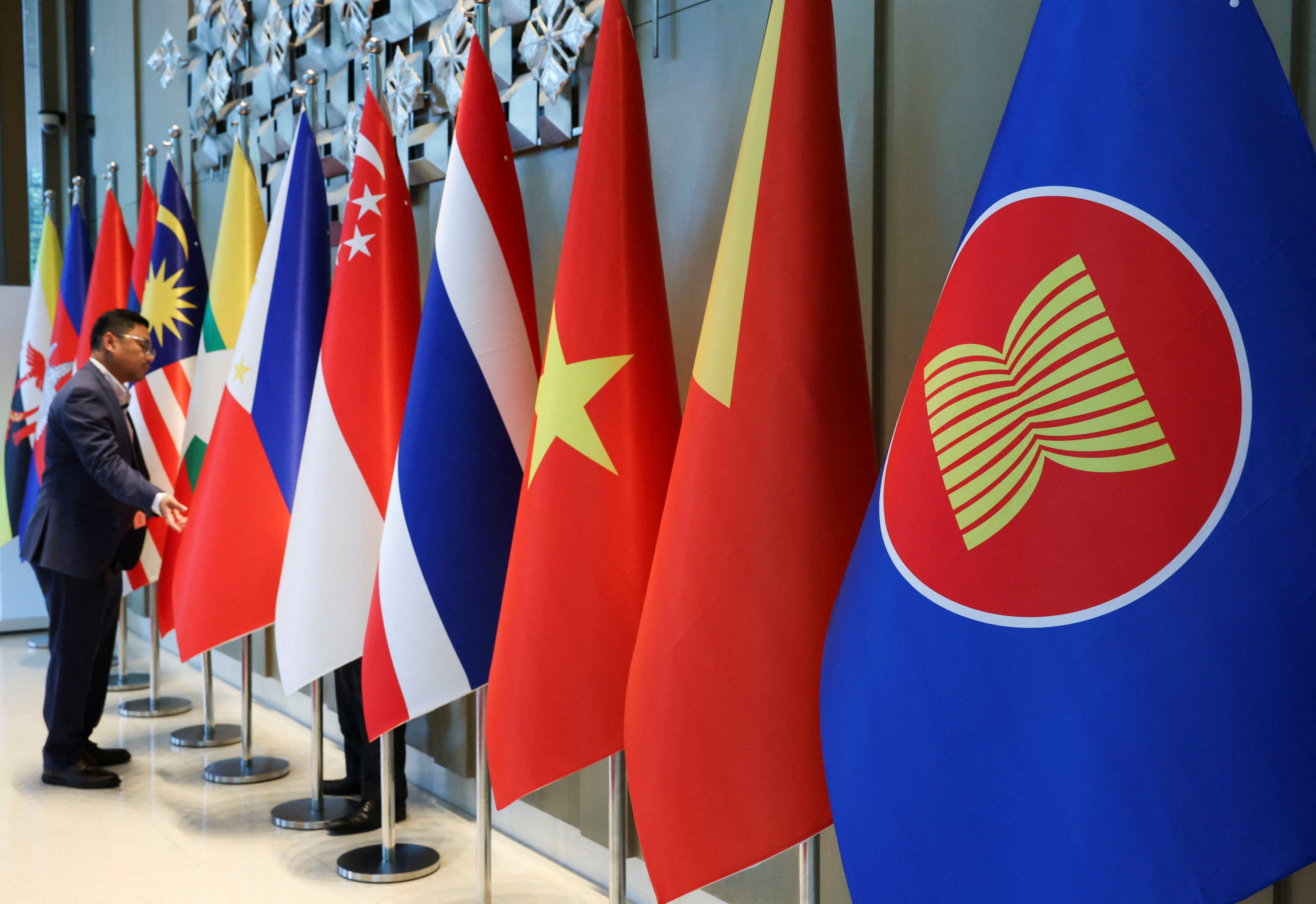Chinese firms urged to deepen Asean roots as US cracks down on transshipments
As Trump threatens 40 per cent duties on goods diverted through Vietnam, Beijing told to deepen ties with region

Beijing should encourage its firms to deepen integration with Southeast Asian economies instead of using the region as a transshipment route to the US, according to a senior regional economist – as Washington threatens the export-reliant region with high tariffs.
Transshipments drew attention earlier this month after the US announced tariffs on imports from Vietnam and 23 other trading partners. US President Donald Trump warned that imports diverted through Vietnam would face a 40 per cent tariff – double the 20 per cent levy on goods made in the Southeast Asian nation.
“Of course, [Southeast Asian authorities] would check the country of origin for products,” said Dong He, chief economist at the Singapore-based Asean+3 Macroeconomic Research Office (AMRO), on Tuesday, adding that some already have agreements with the US to do so.
Chinese officials should also “encourage their firms to become more deeply ingrained or integrated with local economies” in the Association of Southeast Asian Nations (Asean), He said.
While the Chinese government seeks to protect its exports, businesses should have the autonomy to make long-term decisions about their role in local economies, which would also protect them from unpredictable tariff rates, he added.
Imports from China face an average tariff rate of 42 per cent, according to Morgan Stanley estimates, while other Asian countries face rates of 25 to 40 per cent starting August 1.
Since the US launched a trade war against China in 2018, Beijing has stepped up trade and investment with Asean countries. The goods trade between China and the bloc reached US$982.34 billion last year, up 7.8 per cent from 2023, customs data showed – consolidating the bloc as China’s top trade partner.
Vietnam, in particular, has drawn attention due to an influx of Chinese investment in its factories since Trump’s first term – though it remains unclear exactly how Trump’s transshipment clause will work in practice.
Before Trump took office in January, officials in Malaysia and Thailand said they would not permit transshipments to the US.
On Tuesday, the White House announced it had agreed a trade deal with Indonesia that would see the US reduce its proposed tariff rate to 19 per cent in return for Indonesia eliminating tariff barriers on a “full range” of US industrial and food products. A similar deal has also been struck with the Philippines.
Meanwhile, Trump said on his Truth Social account that his government had reached a separate deal with Japan to cut US tariffs to 15 per cent in exchange for Japan opening its market to more American products and investing US$550 billion in the US.
Some Asian countries are also eyeing China’s yuan currency as a partial “backup” to the US dollar in case the dollar underperforms or becomes unreliable, as “low” yuan interest rates could enhance its role as an “important funding currency”, He said.
Unhandled type: inline-plus-widget {“type”:”inline-plus-widget”}
China has made progress in addressing “legacy issues” in its economy this year, including property market woes and local government debt, the economist said. That headway gives it more space to develop sectors such as “advanced services”, he added.
On Wednesday, AMRO’s Regional Economic Outlook forecast China’s growth at 4.5 per cent for this year and 4.1 per cent for 2026 – lower than April predictions of 4.8 per cent and 4.7 per cent, respectively.
The Asian Development Bank, however, on Wednesday held China’s 2025 growth forecast at 4.7 per cent and its forecast for next year at 4.3 per cent, unchanged from April projections.
AMRO said the Asean+3 region – Southeast Asia plus China, Japan and South Korea – was projected to grow by 3.8 per cent in 2025 and 3.6 per cent in 2026, down from earlier forecasts of 4.2 per cent and 4.1 per cent, partly due to “evolving US tariff measures”.